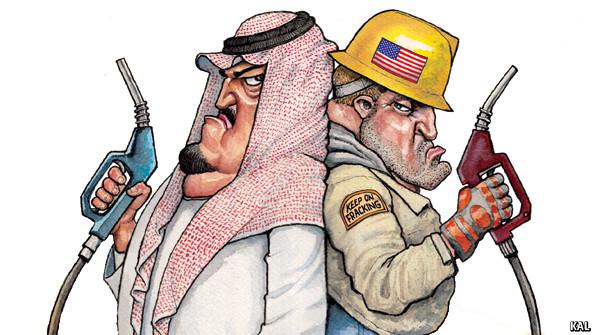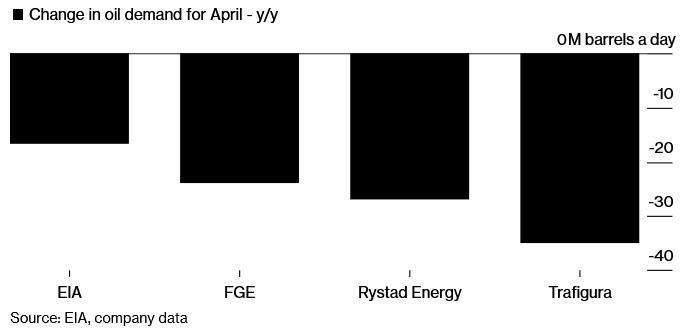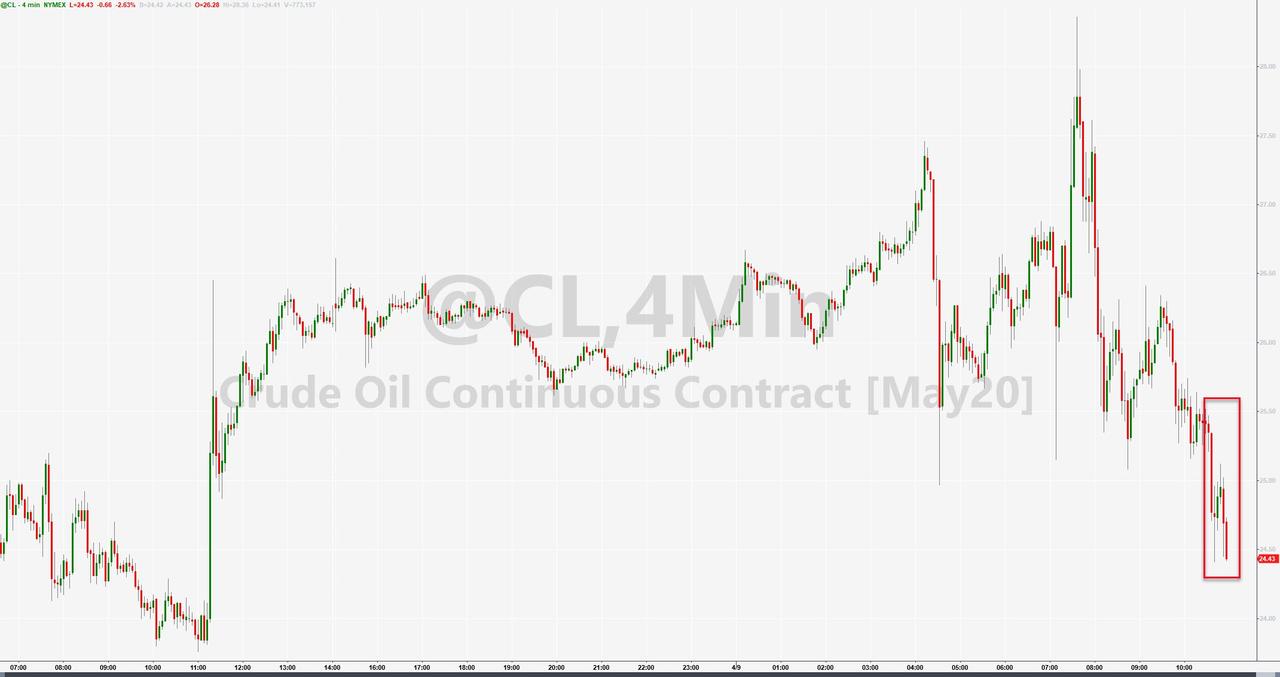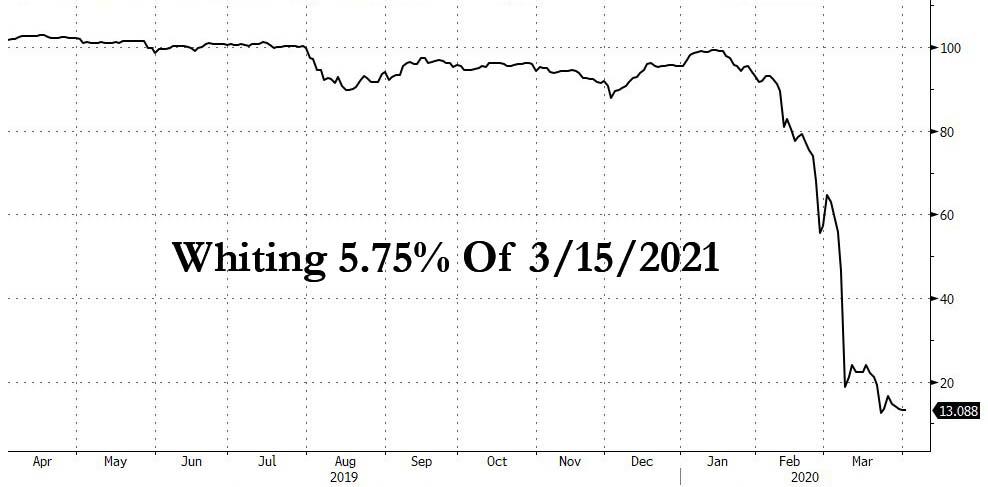It is a sign of the times that the largest oil company in the world, Saudi Aramco, the state oil company of the Kingdom of Saudi Arabia, must borrow money to pay its shareholder dividend. I have written about the twice-delayed and often troubled initial public offering of the company previously (here and here).
Now it seems that the cash which the company is generating from operations is far less than the dividend payout—which leaves nothing for new drilling to replace reserves and other capital expenditures needed to keep the company going. Hence, the need to borrow.
All of this is due, in part, to low oil prices. And, the Saudis are not the only ones suffering, of course. U.S. producers, mostly those focused on high-cost shale deposits, continue to head toward bankruptcy or merge with other stronger companies. Another part of the equation is heavy debt. Naive investors kept handing over fresh capital, oblivious to the fact that the shale oil and gas industry as a whole has been free cash flow negative for years. That’s okay for a few years, but as a long-run strategy it means a company is simply consuming the capital of its investors.
So, what does this mean for the economy and society as a whole? Normally, such developments, while bad for the industry, would be interpreted as a boon for the rest of society. After all, cheap energy means cheap fuel for consumers and business owners and more money to spend on other things. It also means lower costs for everything we make and buy since all products require energy to produce.…click on the above link to read the rest of the article…
…click on the above link to read the rest of the article…












